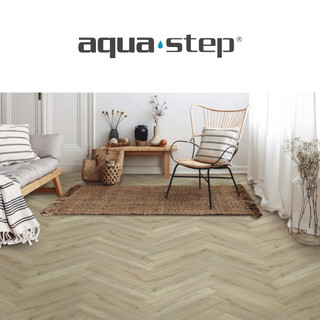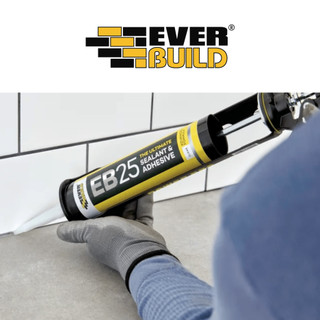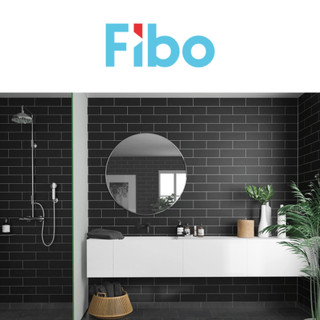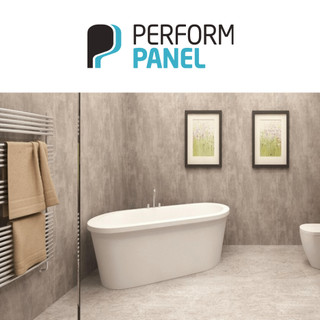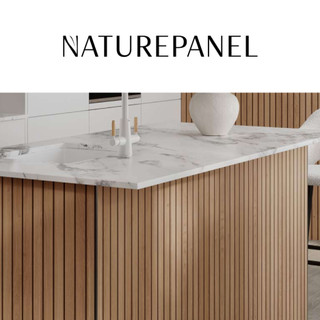Adhesives & Sealants
Shower panel adhesive is a type of strong, waterproof bonding agent specifically designed to attach shower panels to walls or ceilings in wet environments like bathrooms. The adhesive needs to be highly durable, moisture-resistant, and capable of forming a strong bond between various surfaces, such as drywall, plaster, tile, or even the shower panels themselves.
Types of Shower Panel Adhesive:
MS Polymer Adhesive: These adhesives are moisture-curing and highly flexible. They provide excellent adhesion to a variety of materials, including PVC, acrylic, and other common shower panel materials. They are also resistant to mold and mildew.
Polyurethane Adhesive: Known for its strong bond and flexibility, polyurethane adhesives are also moisture-curing, making them ideal for wet environments. They adhere well to many surfaces, ensuring a tight seal.
Silicone-Based Adhesive: These adhesives are waterproof and often used for sealing joints as well as bonding. They are flexible and mold-resistant, but might not be as strong as other types for bonding large panels.
Hybrid Polymer Adhesive: Combining the best features of silicone and polyurethane adhesives, hybrid polymer adhesives offer strong bonding strength and flexibility. They are ideal for use in environments with high moisture levels, like showers.
Shower Panel Adhesive Application Tips:
Surface Preparation: Ensure that the surfaces to be bonded are clean, dry, and free from dust, grease, or any loose materials. This will help the adhesive form a strong bond.
Application: Apply the adhesive in a consistent, even bead along the back of the shower panel, especially around the edges and in a zigzag pattern across the middle for full coverage.
Press and Hold: Firmly press the shower panel against the wall and hold it in place for the time recommended by the adhesive manufacturer. You may need to use temporary supports or spacers while the adhesive cures.
Curing Time: Follow the manufacturer's instructions for curing time, which can vary from a few hours to 24 hours, depending on the adhesive type and environmental conditions.
Using the right adhesive is crucial for ensuring that the shower panels remain securely attached and that the installation is waterproof and durable.
Shower panel sealant is a type of waterproof material used to create a tight, durable seal around shower panels, ensuring that no water can seep into the gaps between the panels, walls, or fixtures. This sealant is essential for preventing water damage, mold growth, and ensuring the longevity of the shower installation.
Common Types of Shower Panel Sealant:
Silicone sealants are highly flexible, waterproof, and resistant to mold and mildew. They adhere well to smooth surfaces like glass, acrylic, tile, and metal. Commonly used around the edges of shower panels, at the base where the panel meets the shower tray, and around fixtures like faucets or showerheads.
Acrylic sealants are less flexible than silicone but are paintable. They are often used for areas where the sealant will be visible and a painted finish is desired. More common in less wet areas or where aesthetic matching with wall colors is important, but not typically used in the most exposed parts of a shower. This type of sealant is very strong, durable, and flexible. It has excellent adhesion properties, making it suitable for a wide range of surfaces. Often used in areas requiring a strong, durable bond and seal, like where panels meet the floor or in commercial applications. Combines the best qualities of silicone and polyurethane, offering strong adhesion, flexibility, and resistance to mold and mildew. Ideal for areas that need both strong bonding and excellent sealing properties, such as corners and joints in shower installations.
Application we would say ensure all surfaces are clean, dry, and free from old sealant, grease, or dirt. This is crucial for the new sealant to adhere properly. Cut the nozzle of the sealant tube at a 45-degree angle to control the bead size. Apply the sealant evenly along the joints, edges, and seams. Use a sealant finishing tool or a wet finger to smooth the sealant after application, ensuring it fully fills the gaps and adheres to the surfaces. This also creates a clean, professional finish.
Allow the sealant to cure fully before exposing it to water. Curing times can vary from a few hours to 24 hours, depending on the sealant type and environmental conditions. Using the appropriate sealant and applying it correctly is key to ensuring your shower panels remain watertight, protecting your bathroom from potential water damage.
